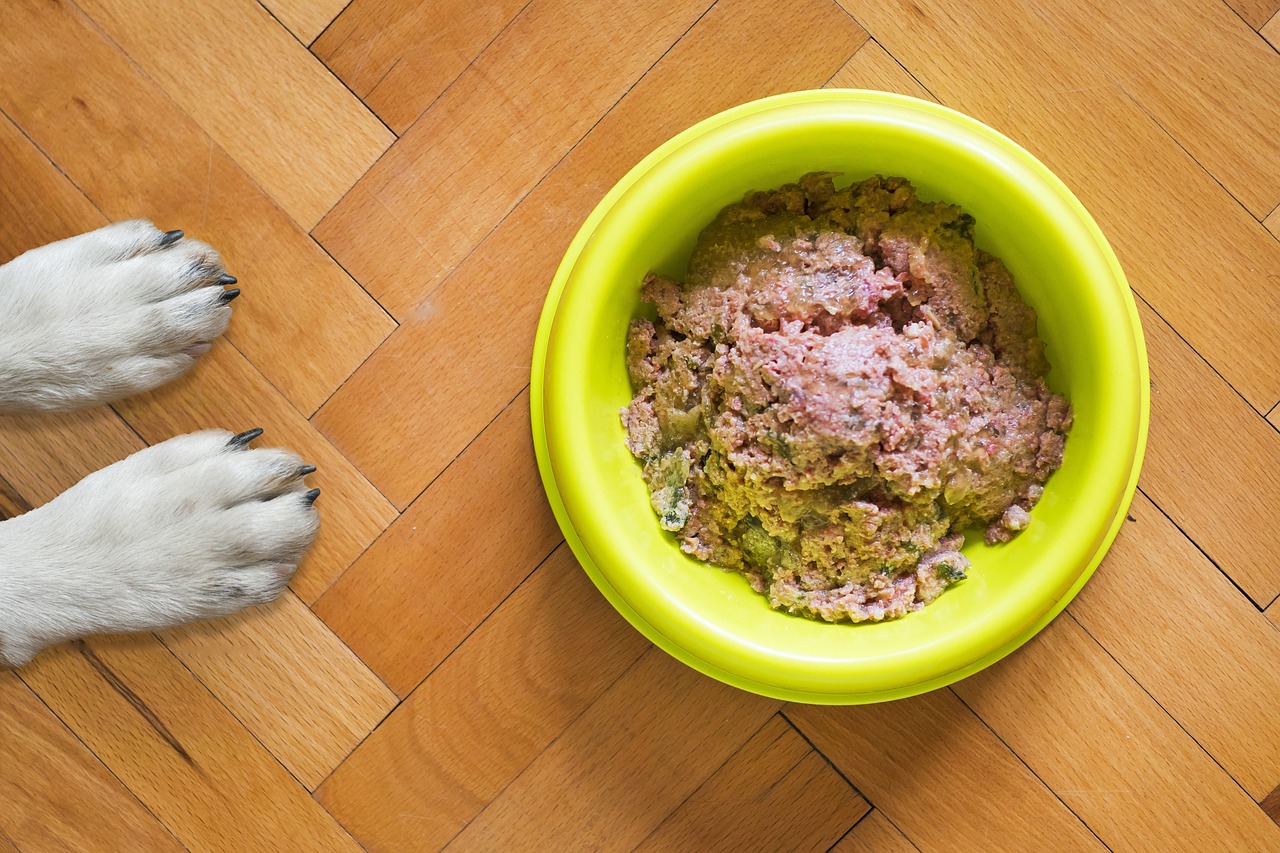Cannabis, an herb originating from Asia, can be categorized into two types: marijuana, which contains high levels of THC, and hemp (C. sativa), which has a THC content of less than 0.3% (6). In this post, we will specifically discuss hemp extracts, as they have been extensively studied in veterinary research for their abundant CBD concentration and minimal levels of psychoactive THC.
Earlier CBD products to the market did not disclose as much information about their products as do today’s brands. Many, if not most, of the available items these days are very specfic to indicate aspects of purity and prove the consistent absence of contaminants in their products. Nonetheless, buyer beware applies when it comes to CBD, as it will always apply to other areas such as feeding items and so on.
Hemp contains nearly 150 phytocannabinoids, or PCs, primarily in the resin produced by the plant’s glandular hairs. These PCs are natural compounds found in cannabis plants, including CBD, THC, CBG, CBC, and their acidic forms. Heat, oxygen, and light can cause enzymatic degradation and transformation of these compounds into other PCs. Packaging, handling, storage and method of use is very important when it comes to optimizing the effectiveness of CBD products.
Additional subclasses of PCs include CBN, Δ-8-THC, CBL, CBND, CBE, and CBT. THC and CBD are the most abundant and extensively studied subclasses, despite their structural similarities. However, they have different mechanisms of action. Yes, CBD is a science in its own right.
THC directly interacts with CB1 and CB2 receptors as a partial agonist, while CBD has a lower affinity for these receptors and indirectly modulates CB1 receptors. CBD’s minimal agonism of CB receptors may explain its minimal psychotropic effects. Furthermore, CBD interacts with other receptors and systems, which will be discussed later. At any rate, CBD provides what we know as non-psycotropic pain modulation by the use of carefully extracted phytocannabinoids in dogs as well as in humans.
Again, despite the contradictory claims on CBD, latest research indicates that it is an effective supplement that may be added to food for improved outcomes, even if just being better tasting food preparations. There is no doubt that it adds a certain nutty, earthy taste and aroma when added in appropriate amounts to whatever feeding item.

